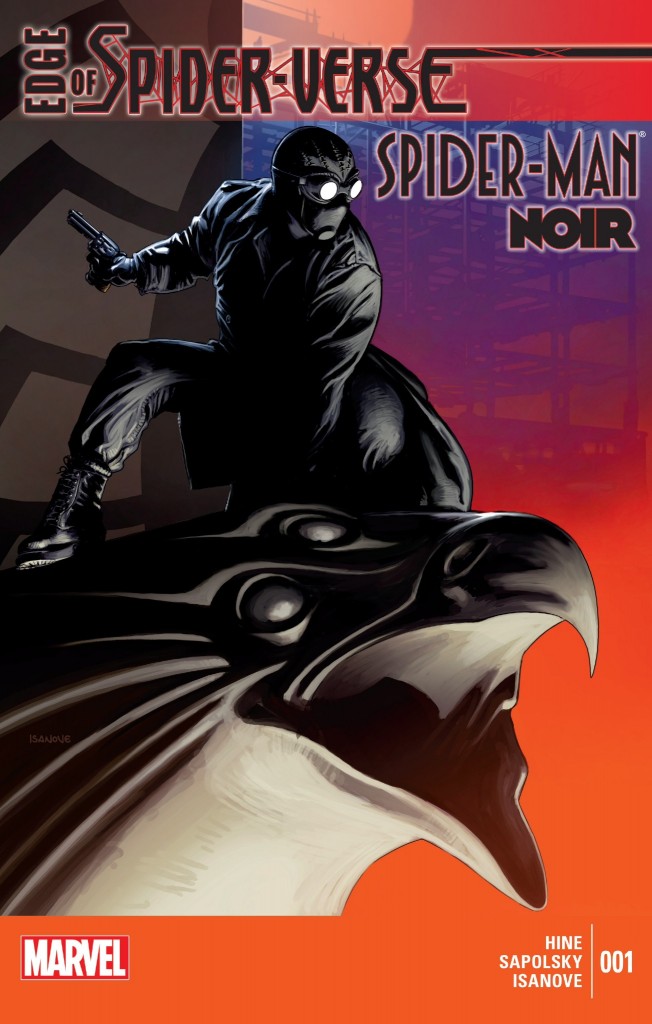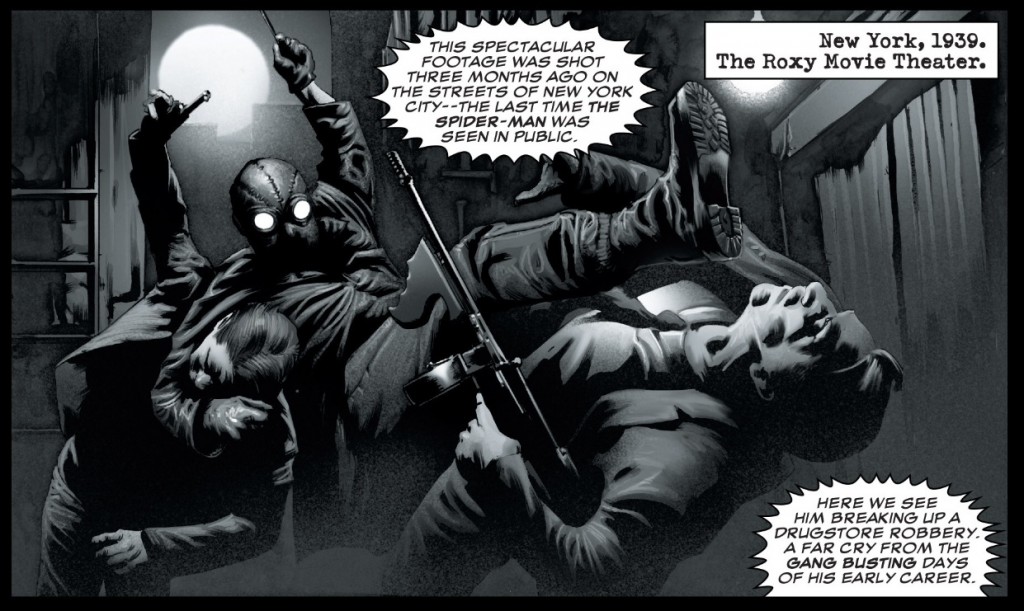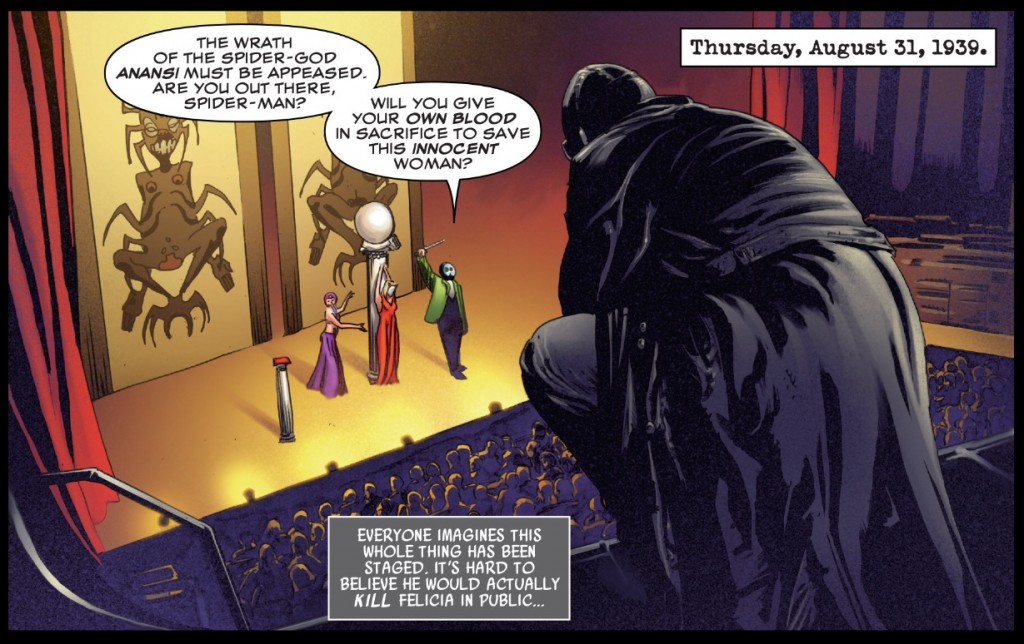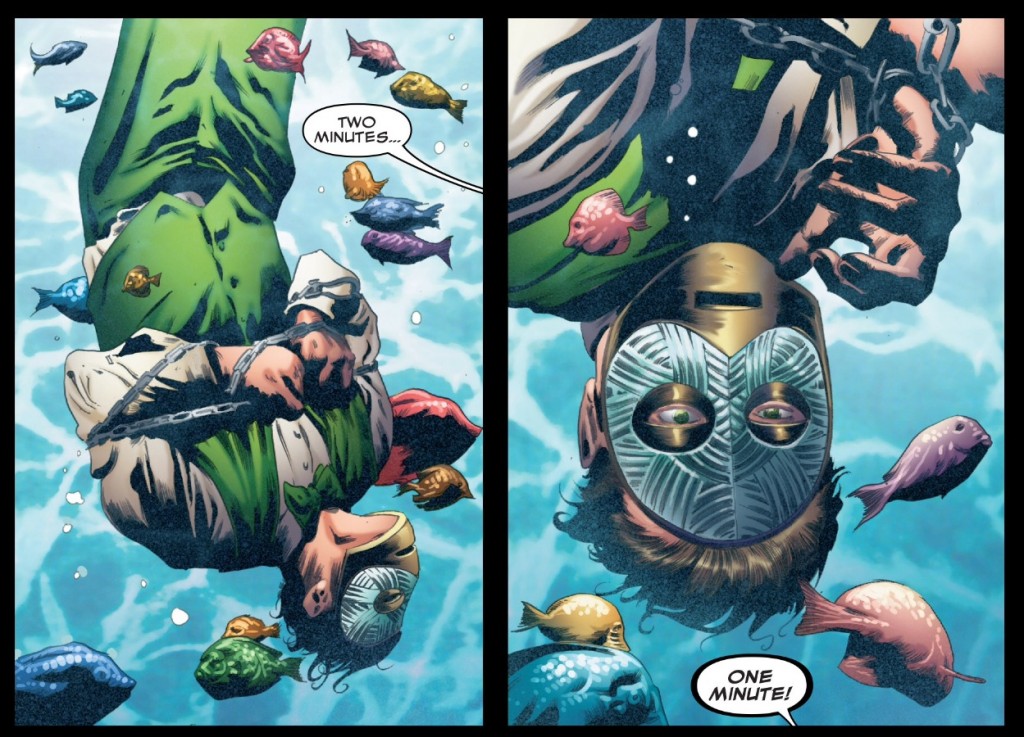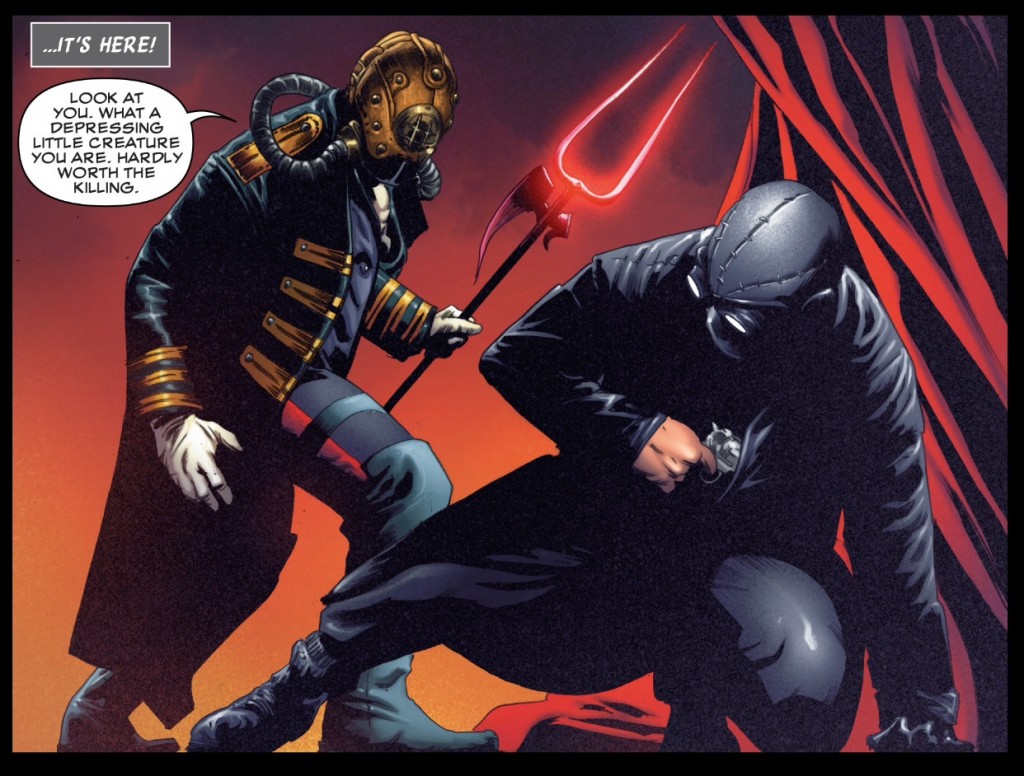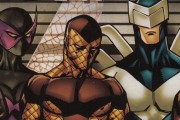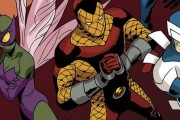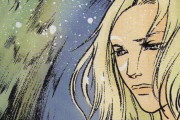There’s been a lot of hubbub from fans and critics about the quantity of crossover books and miniseries that tie-in to the upcoming “Spider-Verse” event, but I think as long as we continue to get fun, tightly-plotted stories like Edge of Spider-Verse #1, most of us will be very happy campers.
As I mentioned in a post last week, the original Spider-Man Noir series, while fun, bothers me to some degree, primarily because I believe the book misrepresents what “noir” is. While a number of you made a compelling case to me about how the series is in fact a “noir” story, I still remain somewhat unconvinced primarily based on a “gut” feeling, and also because I’m the guy writing this blog and nyah, nyah, poopoo on you (not really. We here at Chasing Amazing love our readers and all of the various opinions and perspectives they bring to the table).
So with all of that in mind, one would reasonably expect me to turn my noise up at Edge of Spider-Verse #1 since it’s a story that almost exclusively focuses on Spider-Man Noir. But that’s not the case. Again, I actually think the premise of a 1930s-era Spider-Man is a pretty cool concept, and I find many of the characters in this universe to be well developed and engaging. More specifically to last week’s comic, I found that Spider-Man Noir works more successfully as a one-and-done story, rather than as a longer arc – even if the ending of this issue felt a little rushed and out of nowhere because of the obligatory “Spider-Verse” tie-in angle.
If Superior Spider-Man #32’s pacing is any indication, all of these alternative Spider-Man – also known as “every Spider-man ever” (and then some) – are going to come and go in rapid fire succession, so it’s nice to linger a few extra minutes with some of these characters (just long enough to get a taste as to who is involved with this story, but not too long where certain narrative flaws are exposed). David Hine’s script does a good job of reintroducing Noir’s cast of characters and their dynamics, while also not doling out too much exposition for those fans who have read previous Noir stories.
Mysterio was especially well-used in this comic, and is a character I would love to see pop up again either in a future series, or maybe in the larger “Spider-Verse” arc. It’s no secret that I love Mysterio and think he’s a terribly underrated and occasionally underutilized member of Spidey’s rich rogue’s gallery, so any time we can get some variation of the character in a high-profile story, I’m in favor of it. Casting Quentin Beck as a corrupt magician who aspires to be a mob boss “kingpin” is an inspired choice from Hine, and I also really enjoyed artist Richard Isanove’s visual rendering of the character (because losing Mysterio’s fishbowl helmet – despite its quirky Ditko charms – is a good move for the character).
Actually, I thought Isanove’s artwork was fantastic throughout the comic. In addition to providing pencils and inks, he also supplied the colorscape, which I thought was especially well conceived. The whole book has a very “vintage” feel to it, which is obviously an essential aesthetical choice for a story that is set in the gritty 1930s.
As I alluded to earlier, my biggest issue with Edge of Spider-Verse #1 is how roughly it transitions to the overarching “Spider-Verse” narrative. Spider-Man survives Mysterio’s attacks/chicanery only for the mysterious Morlun goon Karn to show up with his killer trident and steampunk attire. Spider-Man Noir is then zapped out of the 1930s by Spider Ock and plopped into what appears to be the final scene in Superior #32.
I’ve read a few reviews that mentioned maybe giving Edge of Spider-Verse #1 a few more pages so the resolution of the story could be properly resolved, but I don’t honestly think it’s an issue of quantity of content. There really was no way to seamlessly transition from this very specific narrative into something as fantastical as what “Spider-Verse” presents itself to be. It’s similar to building a casino with a neon-colored Sphinx next to the New York Public Library. Even if you fill the casino with books about gambling etiquette, the pairing is just never going to aesthetically or thematically feel right. I’m not sure if that’s a bad omen for how “Spider-Verse” is going to ultimately play out, but considering my current concerns with Dan Slott’s Amazing Spider-Man, the inelegant way this book ends does not inspire a ton of confidence.
However, if you’re one of those fans currently on the fence about investing in all of these extra comics (and I don’t blame you because we’re talking about an extra 7 or 8 books a month right now that will somehow tie-in to “Spider-Verse”), I do think it’s worth your time to seek out this miniseries. All the same, I wouldn’t label Edge of Spider-Verse to be “essential” reading based on this first issue, but it does shine a little more light on what’s to come down the pipeline from Marvel and Slott.

